Ancestor Bone Hug
Amit Desai
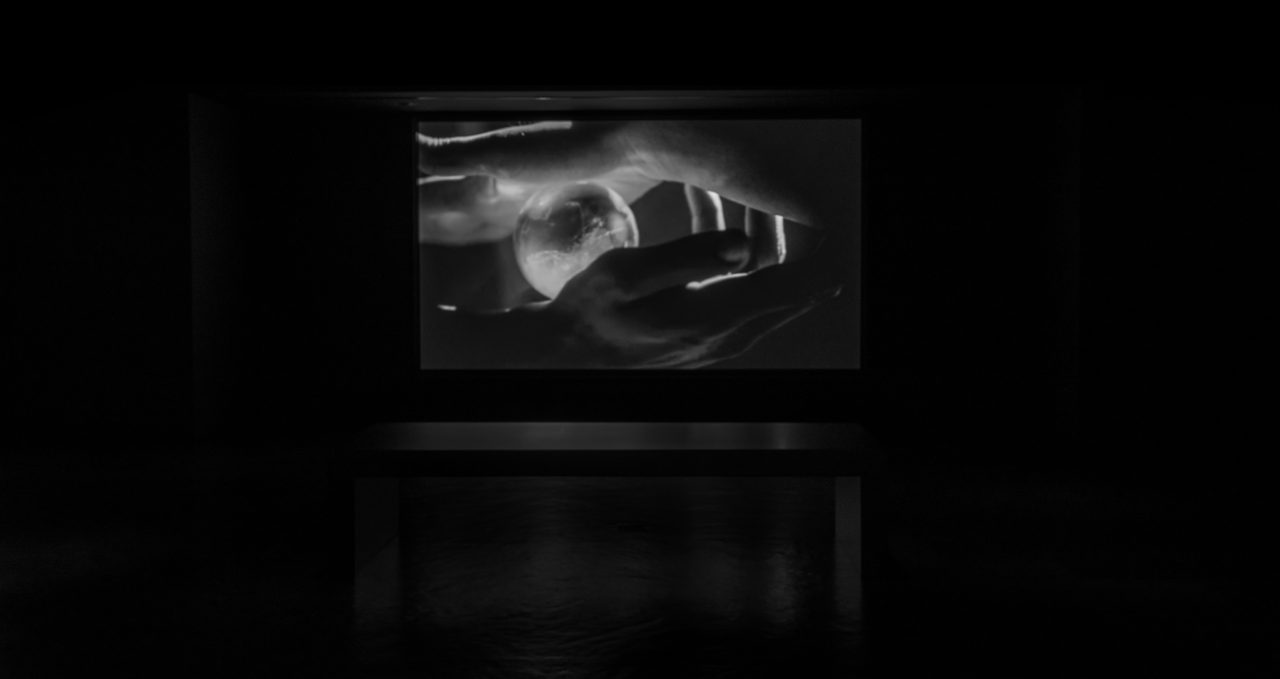
Installation view, Amit Desai
Image courtesy of the artist and Empty Gallery
Photo by Kitmin Lee
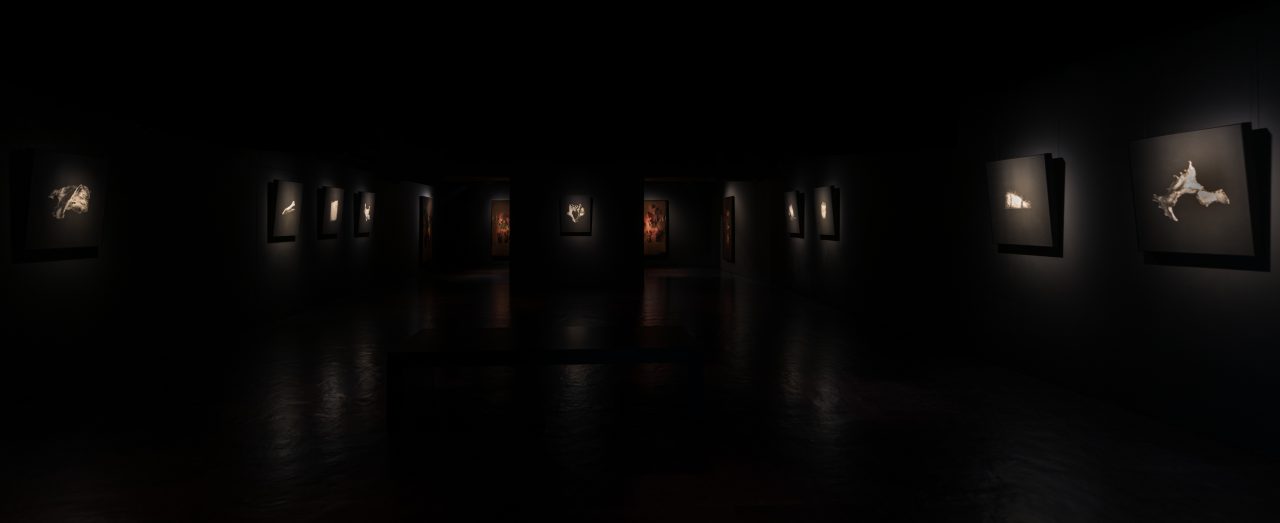
Installation view, Amit Desai
Image courtesy of the artist and Empty Gallery
Photo by Kitmin Lee
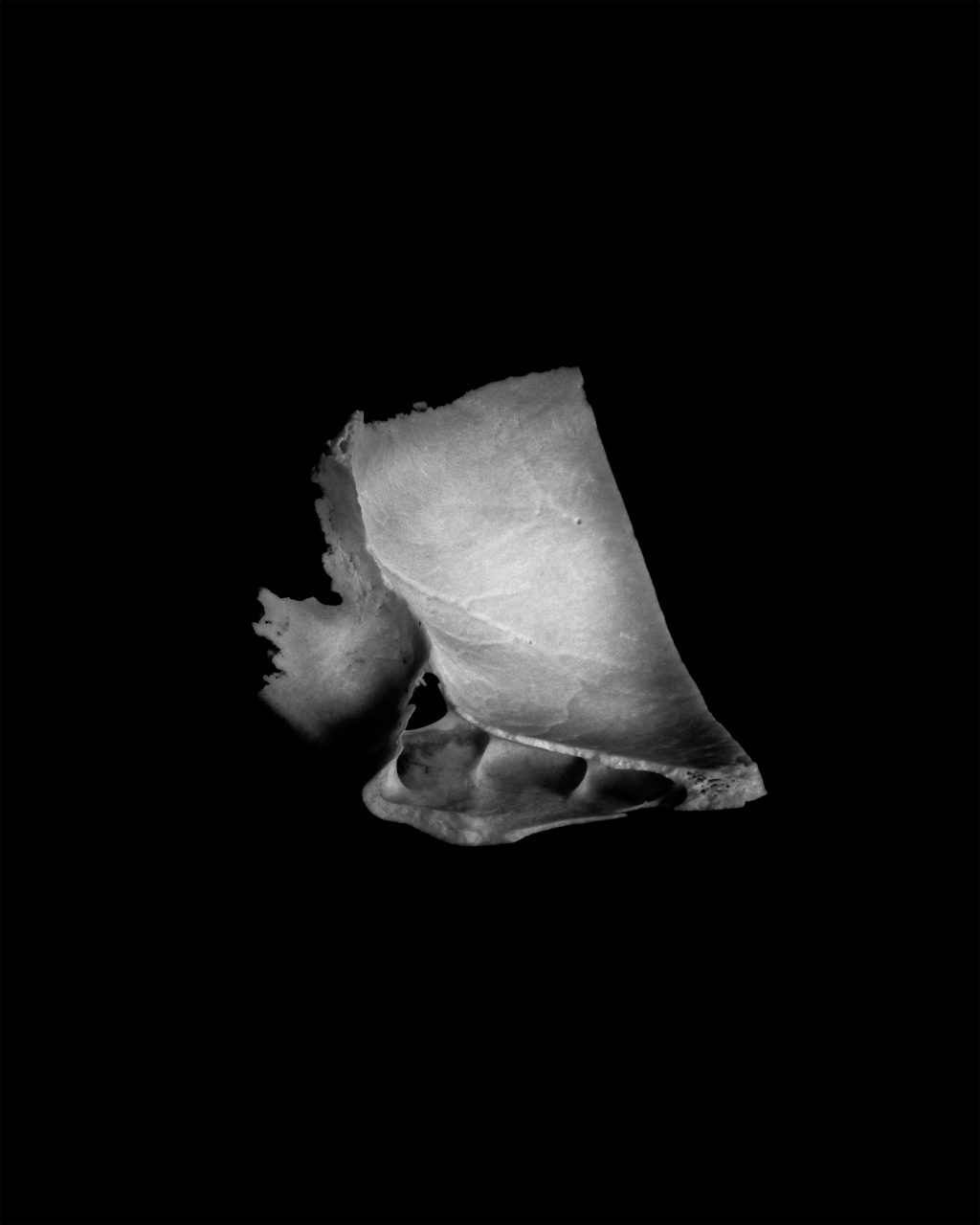
BONE II, 2013
Image courtesy of the artist and Empty Gallery

BONE IV, 2013
Image courtesy of the artist and Empty Gallery
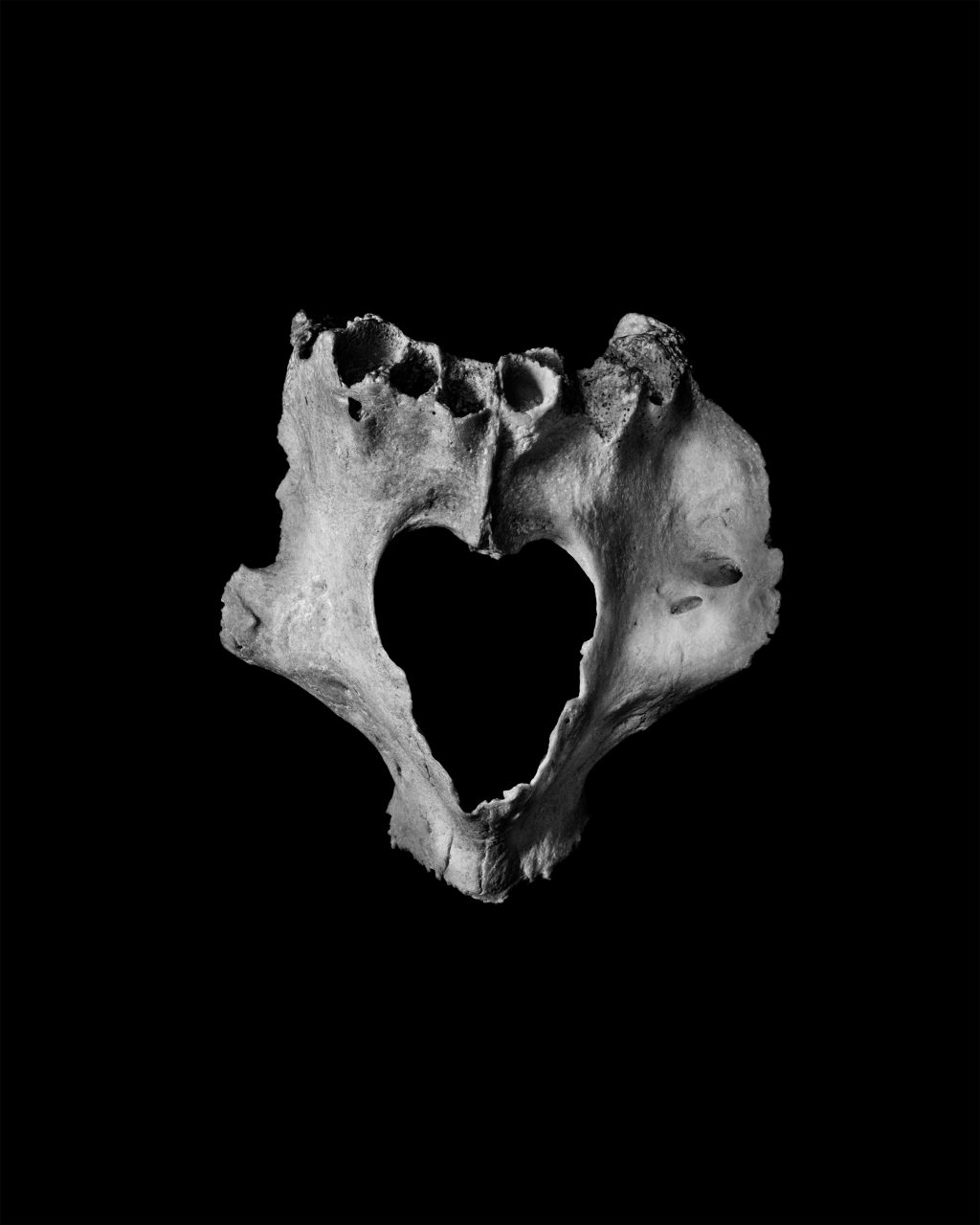
BONE IX, 2013
Image courtesy of the artist and Empty Gallery
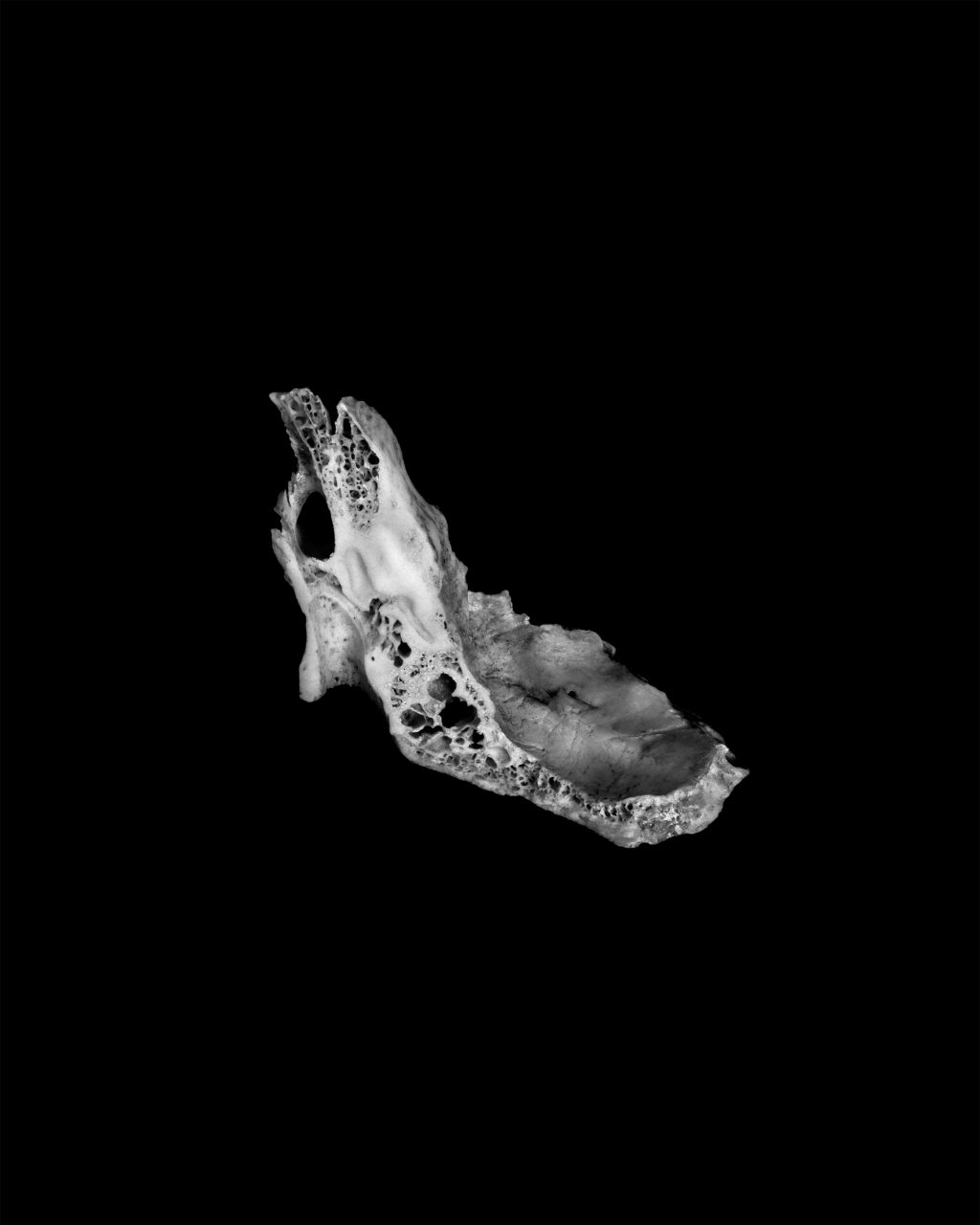
BONE VI, 2013
Image courtesy of the artist and Empty Gallery
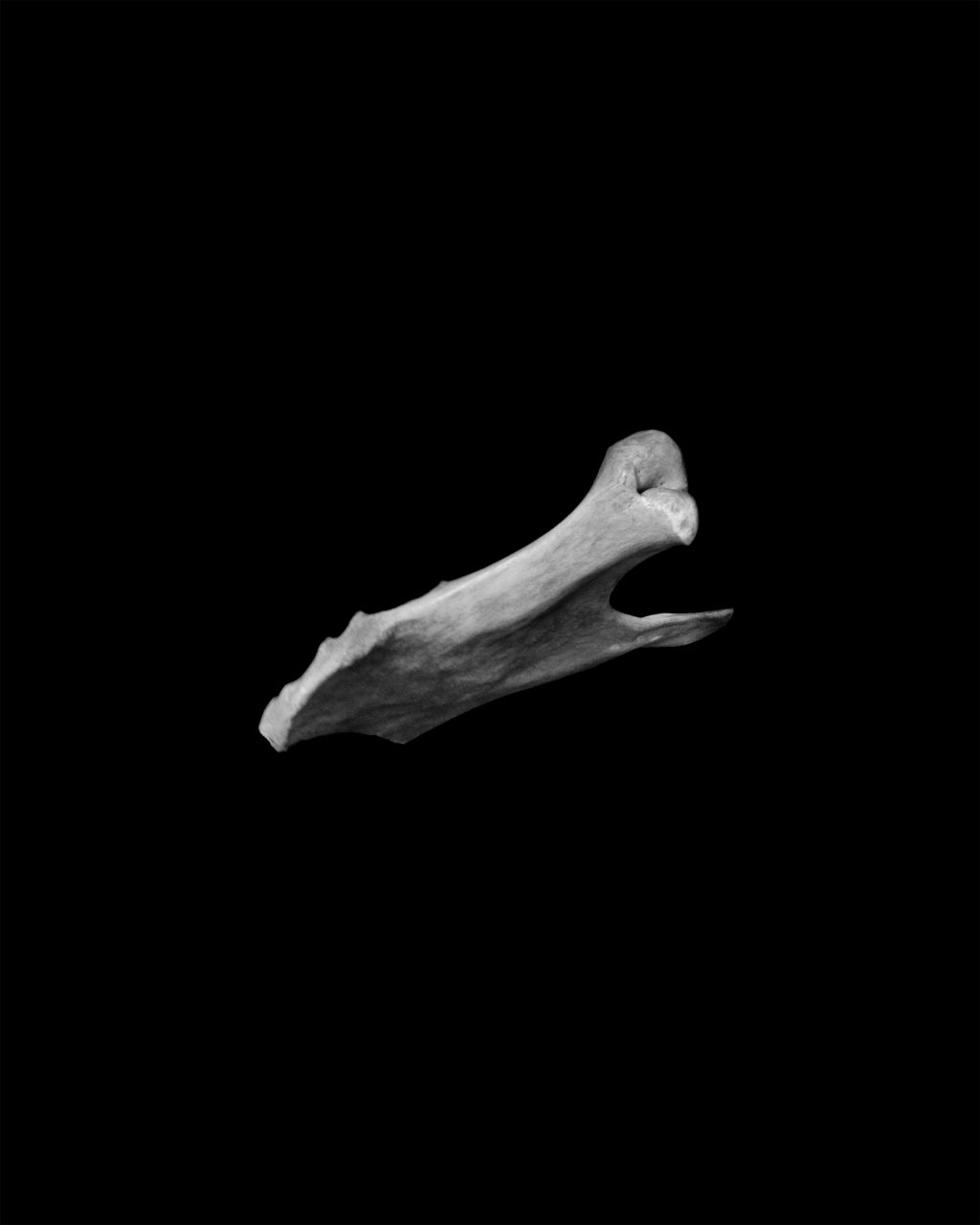
BONE XI, 2013
Image courtesy of the artist and Empty Gallery
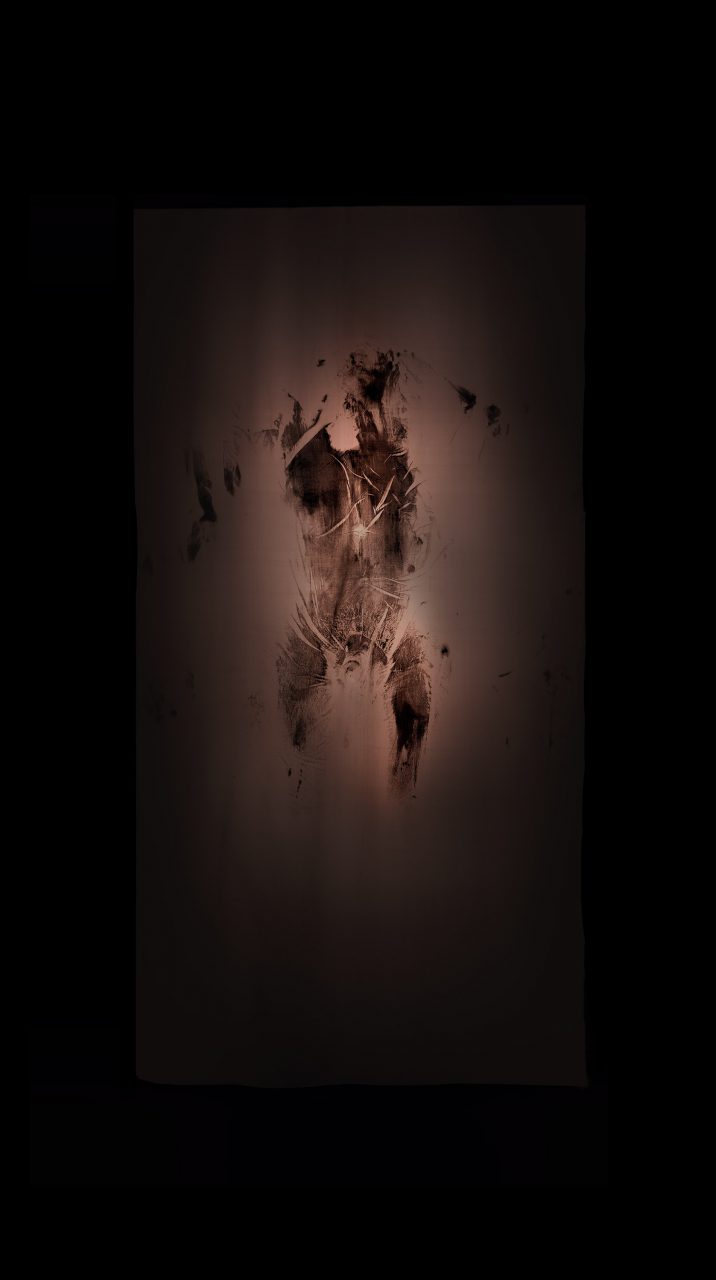
HUG I, 2013
Image courtesy of the artist and Empty Gallery
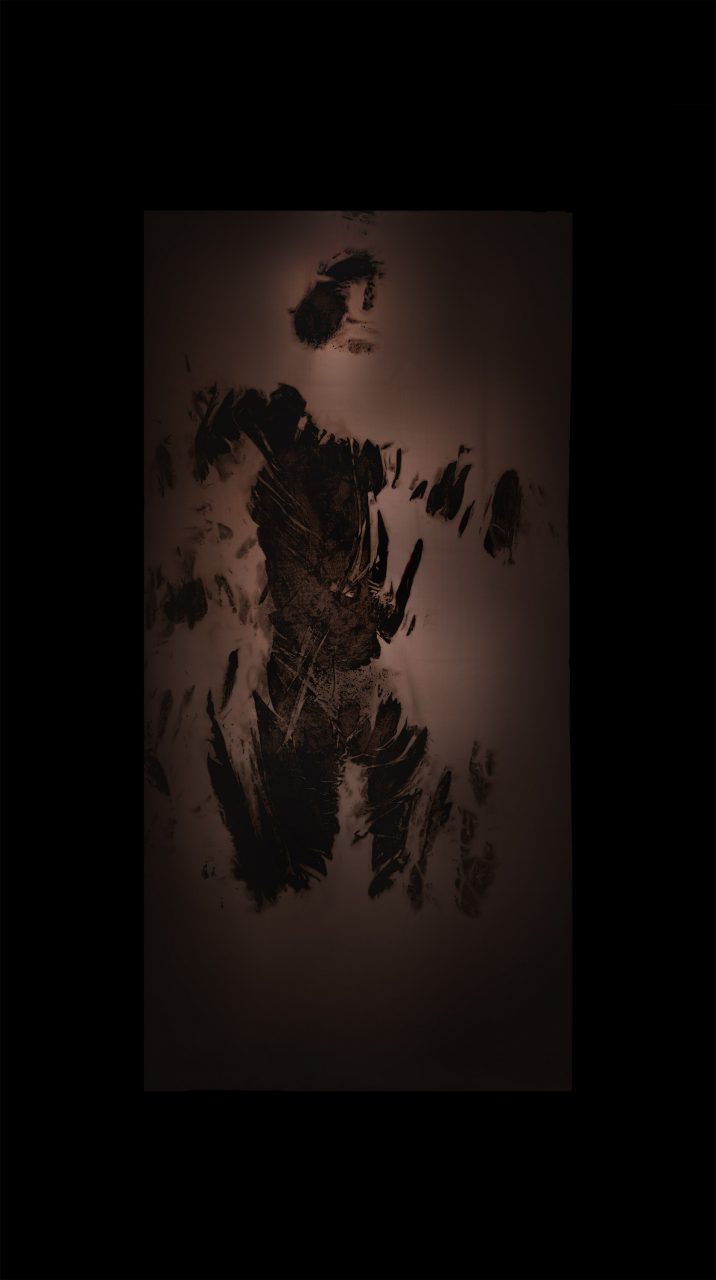
HUG V, 2013
Image courtesy of the artist and Empty Gallery
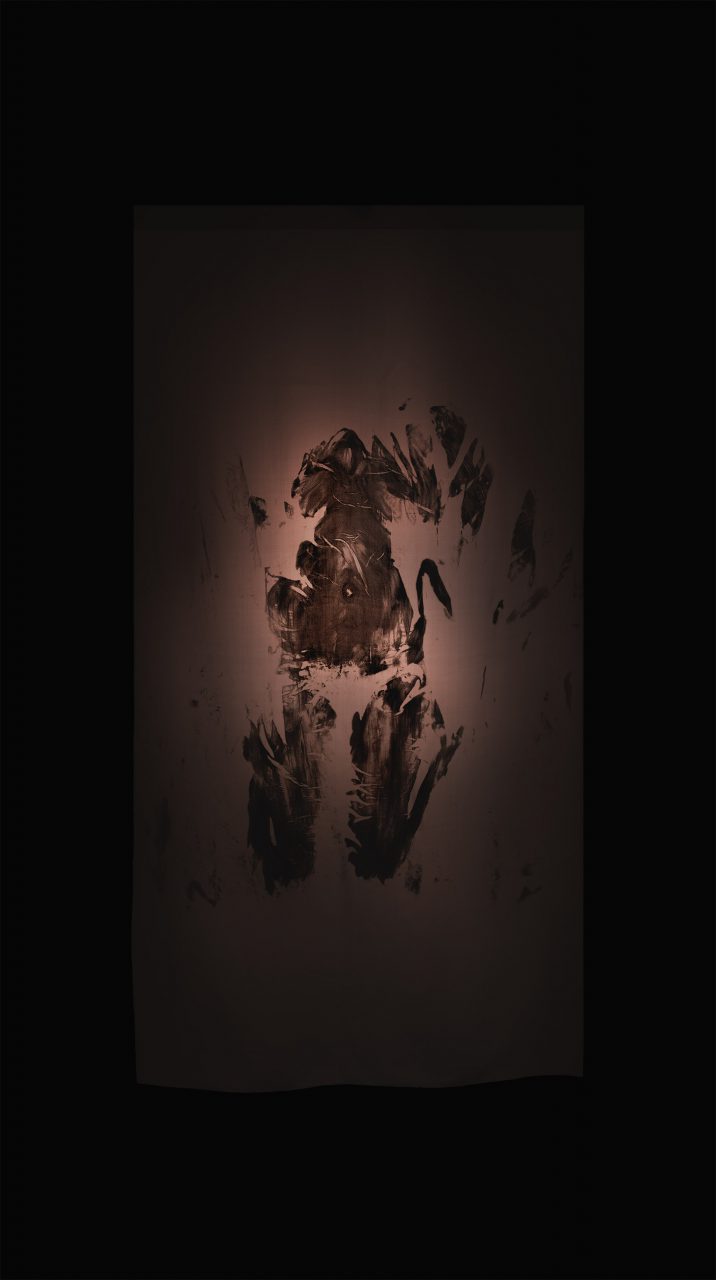
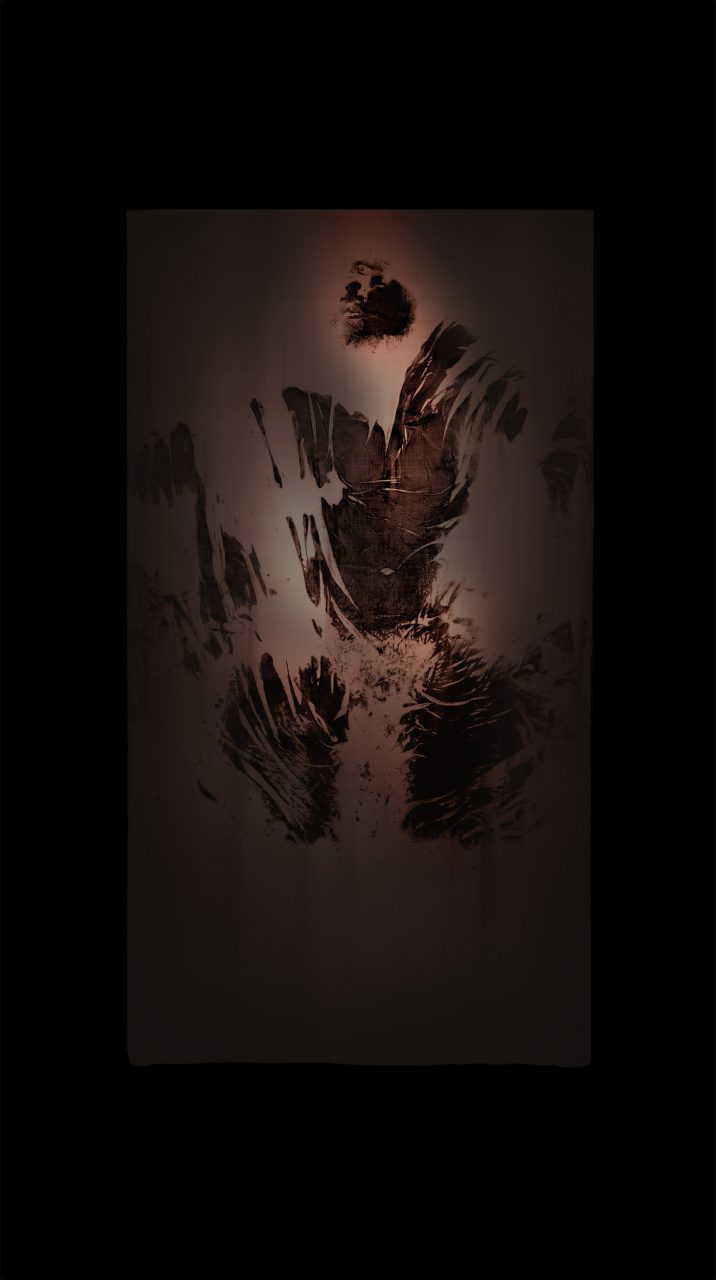
HUG III, 2013
Image courtesy of the artist and Empty Gallery
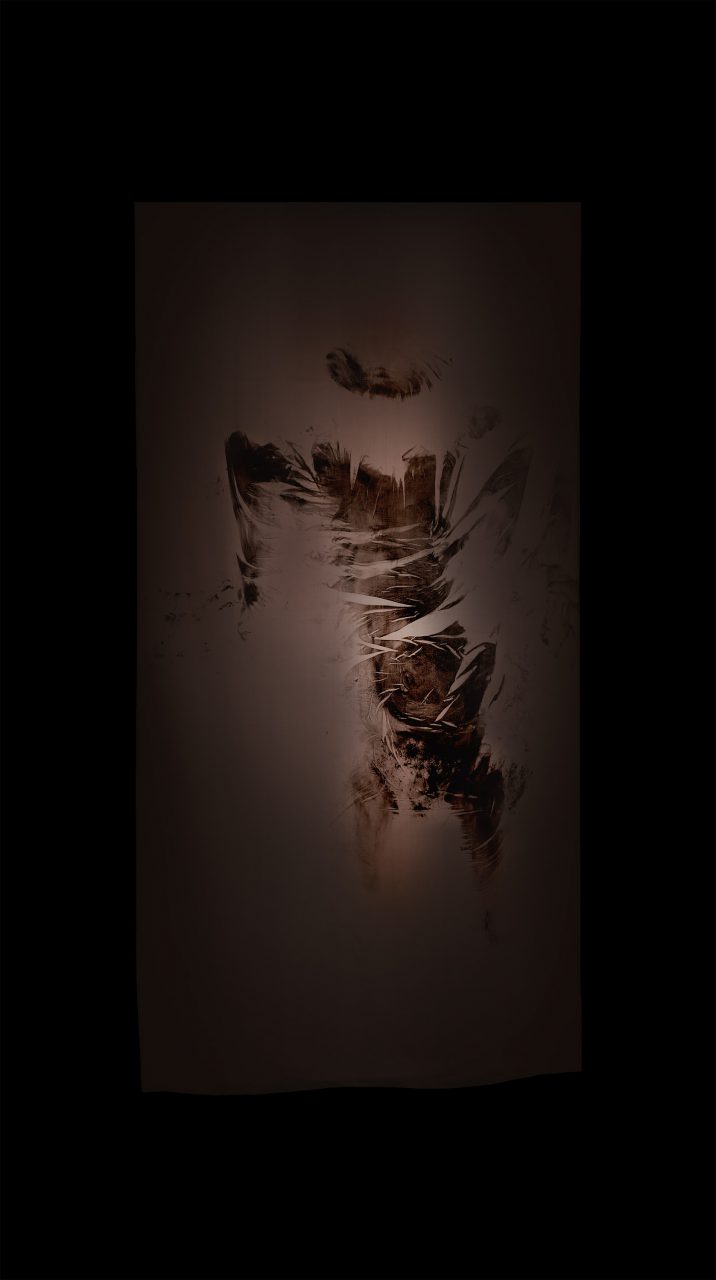
HUG II, 2013
Image courtesy of the artist and Empty Gallery
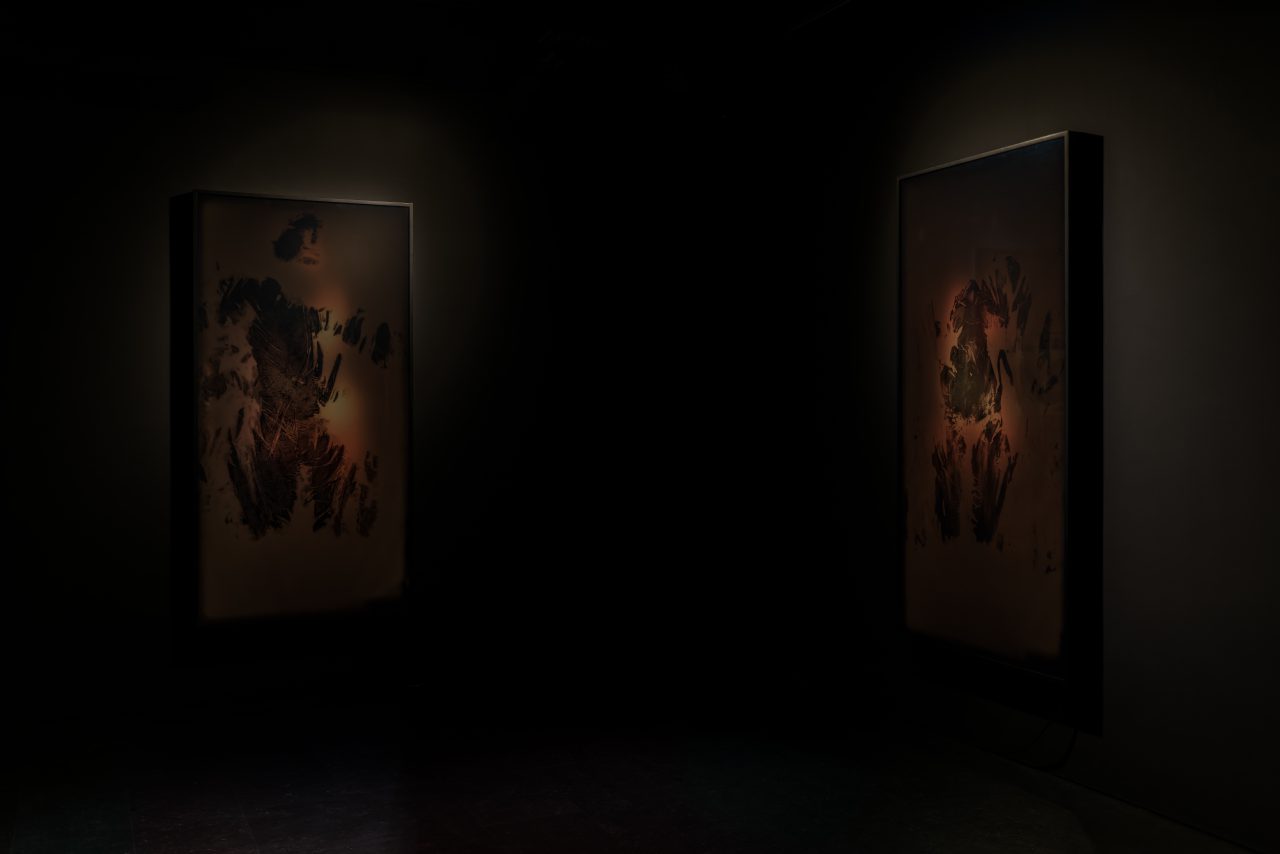
Installation view, Amit Desai
Image courtesy of the artist and Empty Gallery
Photo by Kitmin Lee
Empty Gallery is proud to present ‘Ancestor Bone Hug’, an exhibition of new works by Indian-American artist Amit Desai. This will be Desai’s third exhibition in Hong Kong and his second solo show at The Empty Gallery. Rejecting the notion of objective reality as inescapably wedded to Western patterns of thought, Desai’s metaphysical photographs aim to destabilize conceptual binaries such as time/space, illusion/reality and subject/object. His artistic practice investigates the nature of perception and attempts to make visible the paradoxical truths of Eastern metaphysics through a variety of media. In step with these themes, Desai’s studio sessions often take the form of ritualistic “happenings” in which photography, theater, and therapy session become indistinguishable from one another, challenging the notion of individual authorship.
For ‘Ancestor Bone Hug’, Desai has ventured beyond his preferred medium to create a suite of thematically interconnected works including installation, single-channel video, and large-format photographs. Inspired by the Hindu ritual of ‘Kapala Kriya’, the titular Bones of the exhibition are large-format photographs of human skull fragments which have been enlarged almost beyond the threshold of recognizability. At once futuristic and archaic, these luminous sheets of ivory matter, scarred and pitted through the action of time resemble asteroids floating through the darkened space of the gallery. By deciding to shatter the skull and emphasize its materiality through enlargement, Desai transforms a symbol of both the individual ego and the negativity of death into a metaphor for the timelessness and generative power of the universe.
Desai’s Hugs further deconstruct notions of individual identity through their aesthetic process. Working for the first time with the medium of ink, his method nonetheless remains closely tied to photography. To create these five life-sized works, Desai hung sheets of translucent Japanese silk between a series of nude couples smothered in black calligraphy ink, then asked his subjects to embrace. The resulting ink traces belong wholly to neither individual, emerging as a ‘single being’ through the mutual action of an embrace. These enigmatic figures blur the physical boundaries between individual subjects and point to the possibility of spiritual union beyond the borders of the material realm. These unique works will be displayed in custom fabricated light boxes in the gallery’s darkened interior.
The final aspect of the exhibition is a single-channel video work. Ancestors was commissioned by the gallery and shot in its exhibition space. In this work, set within the obscure mists of prehistory, Desai envisions the first encounter between primordial man and woman. Shot in black and white, this ‘speculative anthropology’ continues Desai’s exploration of cosmological time and the contingency of ‘the human’.
Amit Desai (b. 1977, New York) spent most of his childhood growing up on a mango farm in India, and he later returned to New York for secondary education. He studied at Tufts University, NYU’s Tisch School of the Arts and Goldsmiths College in London. Desai’s artistic journey began following 9/11, when he spent 10 years on the road in America creating an ‘imaginal’ photo-documentary portrait of a lost world, blending traditions of the Western epic with that of Eastern metaphysical texts. During this time, Desai remained firmly outside the art establishment and did not exhibit his work publically. Following this journey of discovery, he left the United States. His conceptually driven practice continues to integrate Eastern thought with camera based works primarily concerned with perception and the mechanism of sight. Desai currently lives and works in Kakwada, India.
INTERVIEW
Excerpted from a telephone interview by Stephen Cheng, Founder of Empty Gallery.
So much begins with the camera for you. Every time you return to the medium of photography, and I use the word “return” because you have abandoned it a couple times before, you seem to be asking both the same question and a new one. Why did you return to photography this time?
It’s different than abandoning. You can’t really abandon anything in the field of art. Once you’ve seen through a machine of sight, you can’t erase all that sight and all that seeing that you’ve done. You can’t abandon the thing it’s given you. I’ve always liked that sound the trash makes on your computer when you put something in it. I keep putting photography in the trash but I don’t empty it.
Why the trash then?
The camera is a scientific tool of sight. What I keep trashing is sight. My rocky relationship with photography comes from my rocky relationship with sight and the recording of sight. Am I giving my energy to the visible at the expense of the invisible? Is what you can prove with a document, with evidence, of more value than what you feel but can never record?
Are these the questions at the heart of Ancestor Bone Hug?
Every shard of bone is just a signpost that points to the invisible. The ceremony, the smashing of the skull, the flight of the soul, the elegant euphoric symphony of time and space that happens in any ritual of death, how can you photograph all of that? That’s not for sight, that’s not for the eyes. All you can photograph is a small piece of skull and then another small piece. They’re just mile markers of the invisible that happens all around them.
For me they are some of the most original pictures of a human skull I have ever seen. What I mean is, the human skull is a very loaded symbol. In Western art, from Caravaggio’s St. Jerome to Mapplethorpe’s still lives, the skull usually carries with it some kind of gothic meaning. The Bone photographs feel different to me. Can you talk about the Eastern aspect or influence behind this work?
The skull is just a wrapping, it’s just the bow, and it’s not even the present. Time and space ripped open that gift and took what they wanted, which is the soul, to the next stop. I think what you’re talking about is something celebratory in these pictures. For me the skull is a birthday present. Kapala Kriya is a birth day, it’s a Hindu party. A smashed skull is a very happy situation. Whatever you call God, whatever you call the unknown; most people agree that this dance of time and space that we’re all floating in is amazing.
You keep referring to ‘time and space’ and it seems to me that this concept is important to Ancestor Bone Hug, especially the idea of space. In your Hug series, for example, you are working in the space between two bodies. In the Bone photographs, there is this expansive void surrounding each fragment. I don’t know if I’m putting this correctly, it’s hard to word, but are you recording or trying to record the space where what you call ‘the invisible’ lives?
I’m trying to document as close to the borderline as possible. It’s impossible to document the place where the invisible breathes and moves. Is it possible to document the things that pass between two people hugging? The warmth, the tenderness, the eroticism, the regret, is it possible to photograph all of that? Is it possible to photograph the soul fleeing? I can only photograph the edge of the bone past which it fled. The unseen story of space which we are floating in goes on and on, from history and time, to sex, to evolution, and so on. All we have are these shreds of the visible which are just signposts, road signs on this great highway of the invisible.
You had a studio in Detroit when you were making this work. Is there any explicit connection between this location and Ancestor Bone Hug? I know that America, both as a place and as a kind of metaphor, is a repeated and central theme in a lot of your work but I would say less so in this series or at least the influence is more buried. What is the connection, if any?
Seeing the carcass of Detroit’s giant auto industry going belly up is what led to Ancestor Bone Hug. I lived near these Native American burial mounds on Fort Street, on the top floor of a factory, and when I would look down from my window all I could see in the white snow were these black tire marks left on the road like calligraphy. Despite all that had taken place in this motor city, all I saw left were the whispers of it. What are tire marks after all? Tire marks are a suggestion of something that is not there anymore, that car has flown, that industry has collapsed, but it has influenced everything that we are standing in now.
I’ve talked to you many times before about pornography and I know you’ve been interested for a long time to do a work in the ancient lineage of erotic art. The Kama Sutra comes from India and I remember once we met at Khajuraho to see the incredible rock carvings there. How does Ancestors fit into Ancestor Bone Hug?
The recent explosion of pornography in the world, I feel, is upsetting because of how much the ritual dance of sex, of procreation, of evolution, has been framed for our eyes only. For sight, not for feeling. The dance of sex is the story of our species, it is why our species, and many other species, continue to exist. There is no other dance that is as critical to the existence and continuation of our species, right? Now, what does that have to do with sight? In other words, it’s the same question in all three works. I’m a broken record.
So the aesthetic question for you with Ancestors was how to shoot live sex on film without making it a sight based work?
Is it possible to shoot sex, without shying away from anything, remember the East is not a Protestant culture, it is not a culture of repression, there might be modesty but there’s no shame, there’s no reason to cover up the act, there’s no reason to play games with the act of sex, is it possible to shoot live sex and make the invisible component the priority? Why are we so addicted to the surface of things? It’s not that the surface is not happening but do we realize how much is going on around it? What do you see when you look in the crystal ball? I tried to bring this grand ballroom of the invisible into the body.
Speaking of evolution and crystal balls, where do you think we are heading? How do we get out of this sight addicted pornographic moment that we’re all living in?
Exercise your faith in the unknown, in the unseen. Faith is a muscle, it gets stronger and stronger the more you reach into the unknown, into the mystery and believe in it and know that it’s there. So much so that you can point another human towards that thing that he can never see. This is why I’m excited about the virtual. To me the human imagination is an act of faith and faith is an act of blindness not sight. That’s the key to the future. Reaching into the dark with the magical frontier of the human imagination and collectively sharing a world that’s created with our imagination.
Do we have to get there through the eyes? Despite the wild promise of virtual reality, it is currently still so sight based. Is this just a function of early technology?
It’s true, the first step is sight based. If we get stuck there, virtual reality will be no different than pornography, it will just be commodification of the imagination, selling the imagination, instead of the great wilderness of the imagination. Sight helps us synch up to each other and to be clear about where we all are so we can all be going to the same place. Sight gives people an illusion of certainty and proof of the imagination. But actually, in our true incarnation, in the highest version of ourselves, we don’t need any proof, the certainty is built into the fact that we have an imagination. Now, there is this idea of a fall from grace, of the fallacy of our senses, and sometimes I feel that way too. But that is not the highest version of myself nor is it the deepest comprehension of the story of our species. The human imagination is our gift to the universe. In fact, it is the only possible gift we can give back to life.